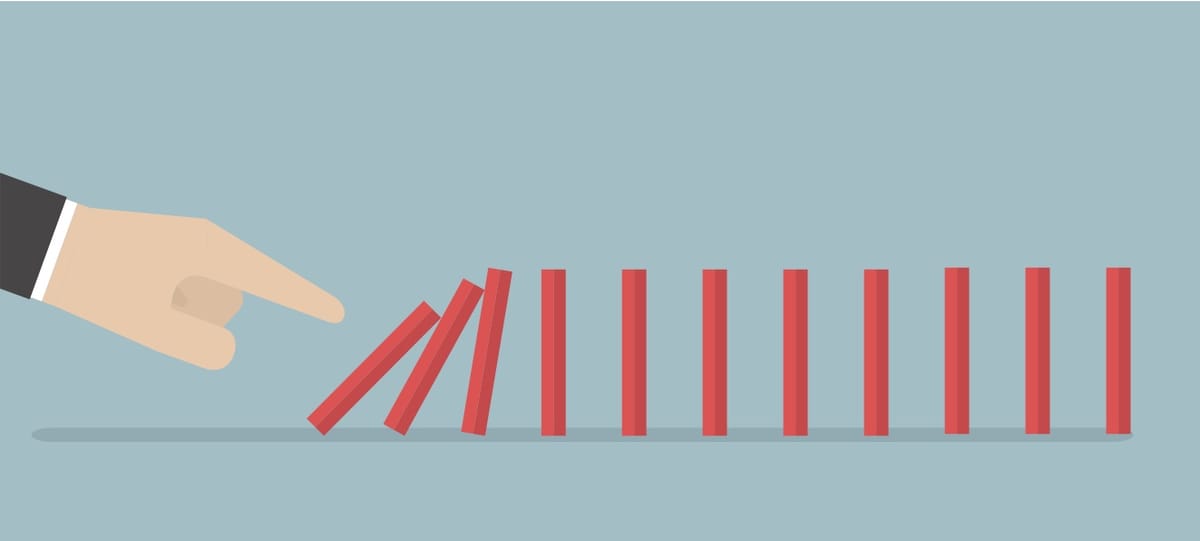Managing Consequences of Design


I’ve just finished reading The Ethical Design Handbook and am both brimming with new ideas and am more hopeful about the future. The authors bring new tools to the table, and also do a good job of reminding designers how many of our current tools already help us contribute to positive impact. The trick is that we have to make sure to actually put in the effort, and have some cake to keep us going.
Trine Falbe, Martin Michael Frederiksen and Kim Andersen have worked together to bring us a timely and important guide that brings attention to the true value of ethical design and the steps we can take to make it real.
I am especially appreciative of key points on the importance of governance. For ethical consideration to occur it has to be supported by the systems and forums for decision-making that an organisation provides. Avoiding negative impact is not the responsibility of one individual or team, but of the organisation working in unison.
As the authors put it:
This is why governance is so important. If a new idea arises, there would be a process to evaluate and approve it. It won’t happen overnight, and the governance model would or should balance the need for change with the need for stability. The teams responsible for the execution of the new idea are more likely to work towards a successful implementation if there is a formal decision-making process. Systems development is a team sport.
The Ethical Design handbook brings clarity to the topic of ethics, with many examples of tech gone wrong, with an easy-going and accessible language. In mindful fashion it also acknowledges how the field is still very much taking its first vigilant steps in a tech industry where participants are cautious about what demands this will place on them.
The book provides important insight into the current processes and assumptions that result in dangerous actions that have potential for easily being avoided. I found myself nodding intensely as it was pointed out how many practitioners are aware of negative impact, but also often falsely assume that leadership is equally aware. The danger is that practitioners will forge ahead in the belief that the consequences are already a calculated risk, while organisational inability to anticipate around harmful outcomes may be closer to the truth.
The developers may also think that the business is well aware of the consequences of its priorities.
Here of course is where there is a huge opportunity for raising awareness to improve decision-making. Many decisions that lead to negative impact are simply based on lack of understanding and lack of effort in assessing risks before they happen. Many of these risks can be mitigated by doing our due diligence, sharing information across teams and for example involving more stakeholders in user research and testing.
The people in charge of strategy and planning are, in most cases, not involved in software testing. What if the planning goes well, but the execution doesn’t go so well — and nobody on the team realizes it? One day, the customers will, and that will be a great day to be away on vacation.”
I frequently put forward how listening to people is a core skill in being successful at ethical design. The Ethical Design Handbook emphasises this by suggesting the practice of having designated individuals who are responsible but also easy to reach through readily available contact details. Bringing further transparency around this feedback, by sharing and documenting, will be an important part of setting up the governance that will guide product development towards more positive impact.
To assist in this decision-making the book also provides some really good practical tools and templates provided for assessing ethical considerations. I hope these will be put to good use by many readers. Throughout, there is an especially strong emphasis on the risks of collecting and managing personal data, and the importance of actually accumulating as little of it as possible. The walkthrough of different types of website cookies is also a great example of a useful artefact to enable relevant team discussions.
Collecting data that you will never use is expensive.
I must say I was happily surprised by one of the several brilliant guest essays* in the book, Ling Valentine. I myself interviewed Valentine back in 2013, primarily because of the stir she was making then due to her unconventional website. I wanted to uphold how much of what she was doing was just good business sense.
Being given an opportunity to revisit Valentine’s thinking on human emotion and candor was a real treat, and going forward I will certainly more often make use of the term “brutal honesty”.
The Ethical Design Handbook really does embrace the concept of challenging assumptions. While it is certainly a common rebuttal that ethical design will lower conversion rates, we are reminded that this is only a hypothesis and as designers we have the tools to potentially disprove it. Again, we need to do the real work and stop assuming.
Part of doing the real work is stopping and making time for reflection and reasoning. Given my own appeal to the notion of adding friction to assist thinking, both for makers and users – I welcomed the stories of when longer times spent with people on customer support calls actually increased satisfaction.
The key here is to understand that slowing down can be a good thing, because it enables a company to establish a relationship with its customers.
Amid all the effort required to make things right, I will certainly take to heart the message of cake-driven development. Also something that is stressed by practitioners of coaching, it is always important to celebrate your wins. If we do not recognise and create positive emotion around our successes, doing the hard work will feel overwhelming and may cause us to falter. Finding the right treat to reward yourself regularly in this battle provides the positive energy that will sustain your strength moving forward.
And this is what I will leave you with: Read the book. Have some cake. You will begin to recognize what doing the right thing should feel like. Share that feeling, your way.
—-
P.S. Other guest essayists in the book are Aral Balkan and Laura Kalbag, whose crucial work you will want to follow over on Small Technology Foundation.
For options on buying The Ethical Design Handbook, check out the book website: ethicaldesignhandbook.com.




Comment